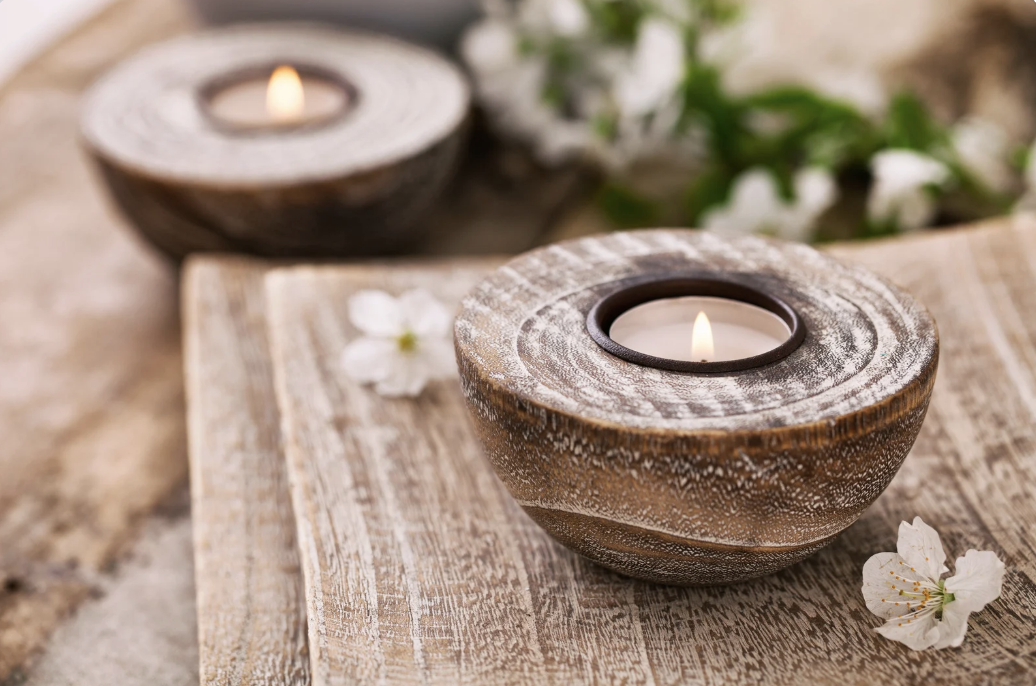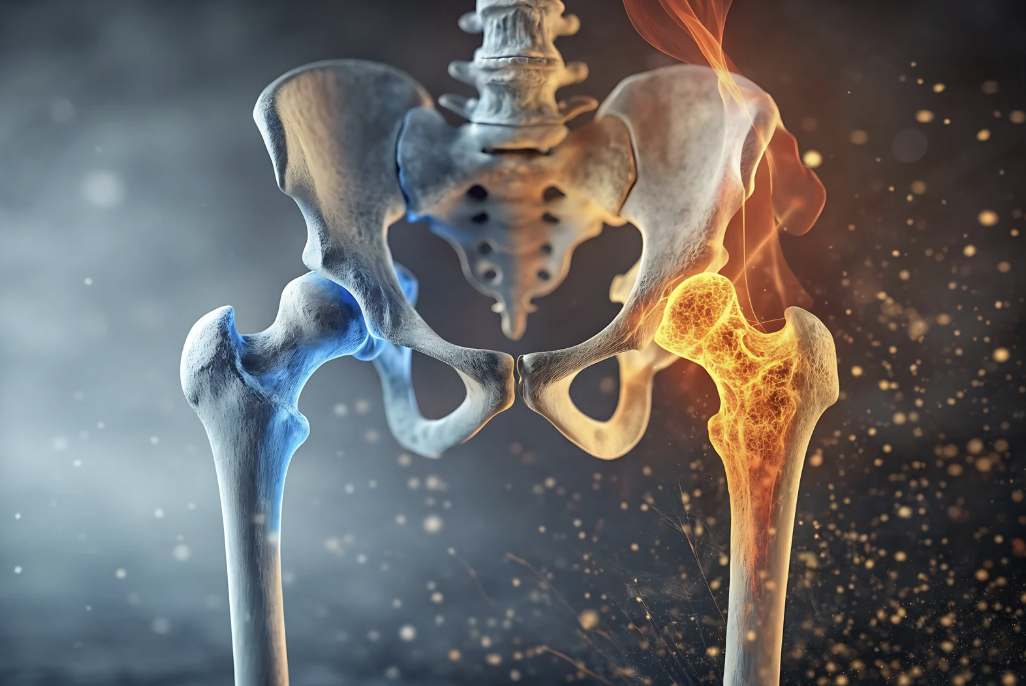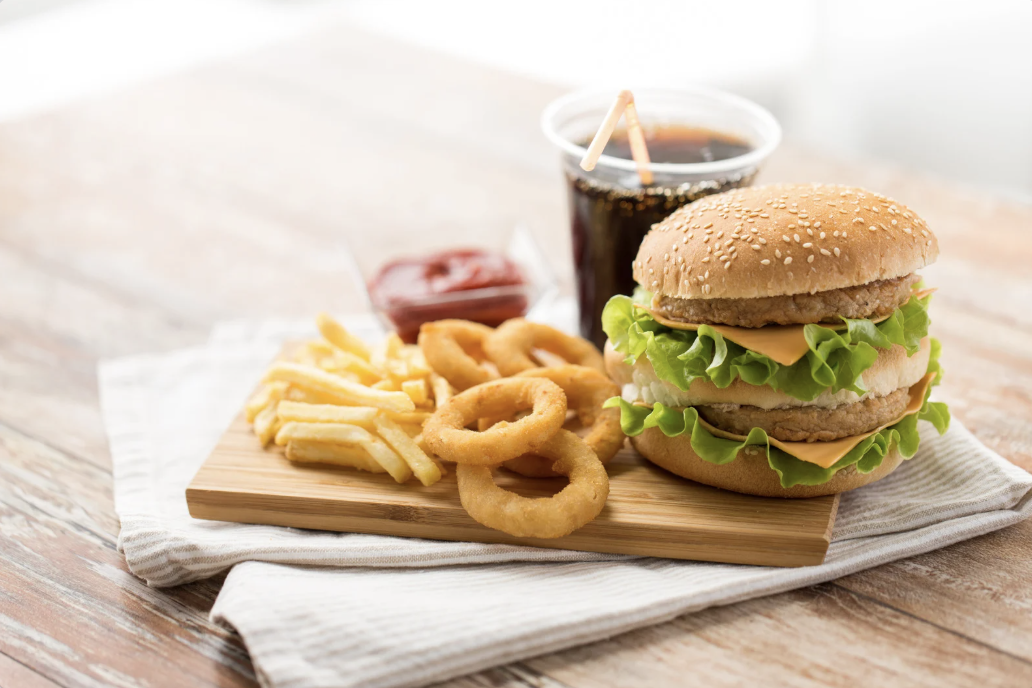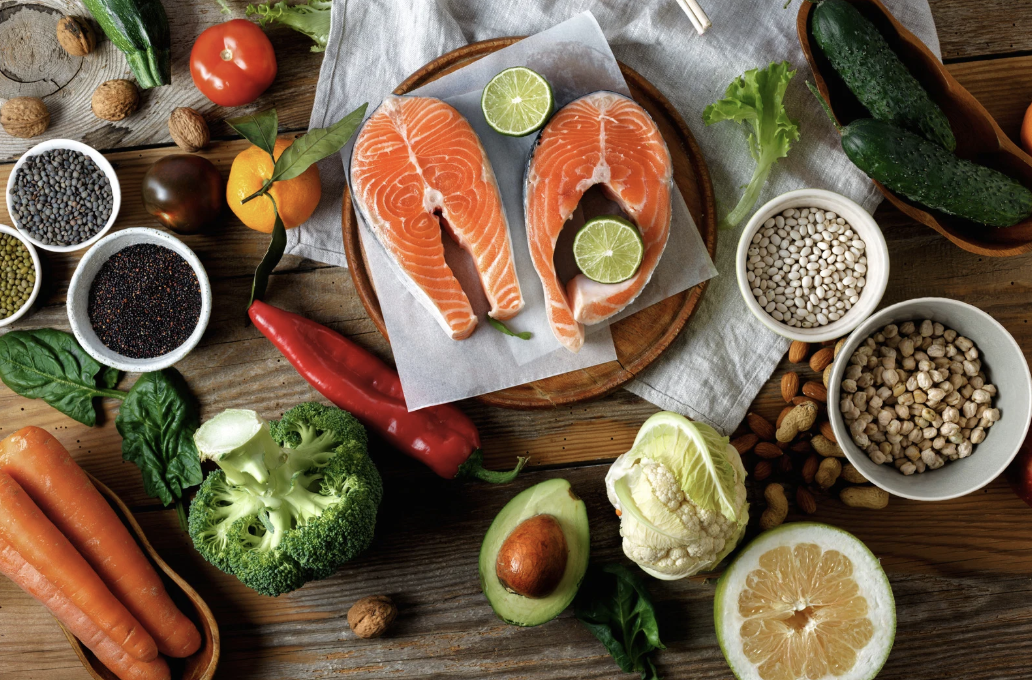Inflammageing: Can We Slow the Fire of Time?
We all know aging is inevitable. But what if the stiffness in your joints, the foggy mornings and even the creeping chronic conditions weren’t just “getting older,” but the result of something far more sneaky?
Scientists call it inflammageing — a fancy word for the low-grade, chronic inflammation that builds up in our bodies as the years tick by. And while we can’t stop birthdays from coming, we can do something about the fires smoldering beneath the surface.
What is “Inflammageing”
Inflammageing is the steady, silent rise of inflammatory molecules in our bodies as we age. Think of it as a slow burn — not the helpful, short-term inflammation that heals a scraped knee, but the lingering, systemic kind that drives age-related diseases like heart disease, type 2 diabetes, arthritis, Alzheimer’s and even some cancers. Research in 2025 is laser-focused on how diet, lifestyle, immune resilience and metabolic health can either pour gasoline on that fire or keep it down to just a manageable flicker.
Foods that Fan the Flames
Public enemy number one? Ultra-processed foods. These convenient packaged meals, sugary drinks and “food-like substances” are stripped of nutrients and loaded with refined flours, industrial seed oils, additives and excess sugar. They spike blood sugar, alter gut health and ramp up inflammation. Studies this year continue to connect high ultra-processed food diets to worsening autoimmune issues, psoriasis flare-ups and faster biological aging. And no one wants that!
Foods that Fight Back
Thankfully, the antidote to chronic inflammation is pretty tasty, as well as healthy. Anti-inflammatory foods like leafy greens, berries, fatty fish (think salmon), nuts, legumes, herbs and spices fight free radicals and cool the fire at the cellular level.
Olive oil (extra virgin, please - see my previous blog post HERE) adds protective polyphenols. Turmeric, garlic and ginger work like nature’s little firefighters. Even a square of dark chocolate can help - thanks to flavonoids that calm inflammation.
Lifestyle Tweaks that Matter
Food is powerful, but it’s not the whole story. Movement — daily walks, yoga or light strength training — lowers inflammatory markers. Managing stress through mindfulness, gardening or simply laughing with friends tames cortisol spikes. And adequate sleep (yes, the good kind where you dream, not doom-scroll) gives your body the chance to repair and reset. And don’t underestimate social connection: friendships and community naturally help to boost resilience against chronic inflammation.
Why it Matters Now
The real takeaway? Inflammageing isn’t your destiny. It’s a process influenced by the choices we make every day. And in 2025, as more of us live longer lives, the focus is shifting from “adding years” to “adding healthy, vibrant years.” It’s about thriving — not just surviving — as we age.
For Further Reading
Curious about the role that processed foods play in inflammageing? Here’s a curated list of super insightful books (with links to explore on Amazon) that dive deeper into how our modern diet fuels chronic inflammation — along with practical tips to eat smarter in today’s food landscape. Happy reading!
The Big Fat Surprise by Nina Teicholz (Buy on Amazon)
In Defense of Food - an Eater’s Manifesto by Michael Pollan (Buy on Amazon)
Salt Sugar Fat: How the Food Giants Hooked Us by Michael Moss (Buy on Amazon)
Hooked by Michael Moss (Buy on Amazon)
Pandora’s Lunchbox by Melanie Warner (Buy on Amazon)
Eating on the Wildside by Jo Robinson (Buy on Amazon)
And just for a little fun . . .
The Road to Wellville by T.C. Boyle (Buy on Amazon)
Disclosure: As an Amazon Associate, I earn from qualifying purchases. This comes at no extra cost to you, and it helps support the sharing of content like this post.







